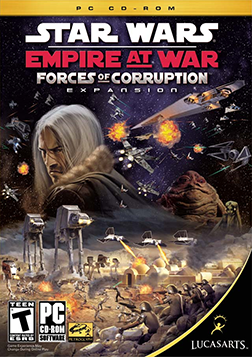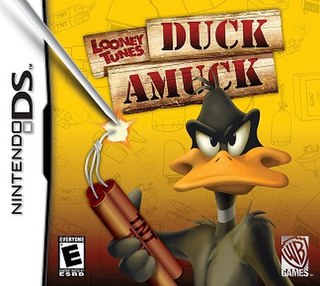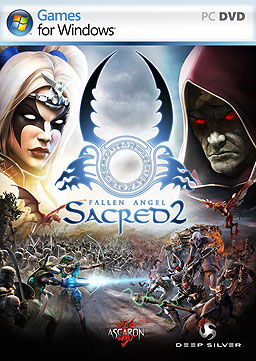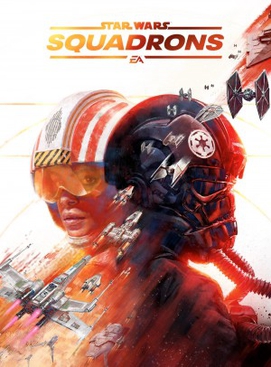Miniclip SA is a Swiss mobile game publisher and former browser game website that was first launched on 30 March 2001. It was started by Robert Small and Tihan Presbie with a budget of £40,000. In 2008, Miniclip was valued at over £275 million. In 2018, the company gained over $400 million in revenue through its mobile gaming hit, 8 Ball Pool.

The Elder Scrolls IV: Oblivion is an open-world action role-playing video game developed by Bethesda Game Studios, and co-published by Bethesda Softworks and 2K. It is the fourth installment in The Elder Scrolls series, following 2002's The Elder Scrolls III: Morrowind, and was released for Microsoft Windows and Xbox 360 in 2006, followed by PlayStation 3 in 2007. Taking place within the fictional province of Cyrodiil, the game's main story focuses on the player character's efforts to thwart a fanatical cult known as the Mythic Dawn that plans to open portal gates to a demonic realm known as Oblivion.

CCP hf., doing business as CCP Games, is an Icelandic video game developer based in Reykjavík. Novator Partners and General Catalyst had previously collectively owned a majority stake in the company, and in September 2018, CCP was acquired by South Korean video game publisher Pearl Abyss for $425 million. CCP Games is best known for developing Eve Online, which was released in 2003 and has since been maintained.

Star Wars: Empire at War: Forces of Corruption is an expansion pack for the computer game Star Wars: Empire at War released in October 2006. It adds the "Zann Consortium" as a third faction in addition to a number of new features.

Breed is a squad based, science-fiction video game developed by Brat Designs and published by cdv Software Entertainment. The game was released in the U.S. and Europe in March and April 2004.

Battlestations: Midway is a video game developed by Eidos Hungary and released in 2007 for the Xbox 360 and Microsoft Windows. The Mac version of this game was developed by Robosoft Technologies, based out of India and published in July 2008 by Feral Interactive.

Looney Tunes: Duck Amuck is a 2007 video-game for the Nintendo DS developed by WayForward and published by Warner Bros Games. Like the cartoon short it is based on, Duck Amuck, it involves an external entity manipulating Daffy Duck's environment. In North America and Europe, it was released as a companion game to Looney Tunes: Acme Arsenal, made available on the same day for consoles.
Gamezebo is a website which reports on and reviews video games. Founded in 2005 by Joel Brodie, it was billed as the first website to solely cover casual games and expanded its scope to social games in 2009. After being acquired by the causal game company iWin in 2016, Gamezebo was redesigned and expanded its coverage to PC games. Gamezebo is based in Walnut Creek, California.

Escape From Paradise City is a 2007 computer game created by Danish studio Sirius Games, the sequel to 2004's Gangland. Published by CDV Software Entertainment in North America and by Focus Home Interactive in Europe, it was released in October 2007.

Legendo Entertainment is a Sweden-based entertainment company, led by CEO Björn Larsson. Founded as Iridon Interactive in 1998, the company adopted its current title in 2004. Until late 2018, Legendo Entertainment was a dedicated video game company, taking on the creation, development and publishing of various third-party titles through external development teams; since 2018, the company has taken on several multimedia projects, including comics, music, and animation.

Dracula Twins is a platform game developed by Legendo Entertainment and Nerlaska Studio. It was released for Microsoft Windows in October 2006. The single-player game is presented through a third-person perspective. The player controls Drac and Dracana, the twin children of the vampire Count Dracula. The twins have their own special abilities, and earn magic points to cast spells to defeat enemies. The game received generally positive reviews from critics. It received a sequel for iOS in November 2013, with another currently in development for Apple TV, Windows, Nintendo Switch, and Xbox One.

Sacred 2: Fallen Angel is an action role-playing game. It is the second in the Sacred video game series. It is a prequel which takes place 2,000 years before the events of Sacred. Like its predecessor, the game takes place in a fantasy setting. A new game engine allows the game to be rendered in perspective correct 3D, while retaining the viewpoint found in older isometric games. Video game designer Bob Bates was involved in its production. Power metal band Blind Guardian wrote the song "Sacred Worlds" as the theme for the game and also make an appearance as characters.
Björn Larsson is a Swedish game director, executive producer and game designer. Björn founded Iridon Interactive in 1998 publishing and producing titles including Total Soccer 2000 and Pure Pinball. In 2004, Björn rebranded Iridon to Legendo Entertainment to focus on computer and video games based on myths and historical events. Notable titles include The Three Musketeers and Attack on Pearl Harbor.

Pearl Harbor Trilogy – 1941: Red Sun Rising is a flight simulator developed and published by Legendo Entertainment. The game is based on the Attack on Pearl Harbor and the following Battles of Wake Island, Midway, and the Coral Sea. The game is presented through a third-person perspective. In the single-player campaign, the players assumes control of either a United States Army Air Force pilot or an Imperial Japanese Navy pilot. Both pilots have eight single-player missions each, beginning during the Attack on Pearl Harbor and chronologically featuring the key battles that followed, including the Battle of Wake Island, Battle of Midway, and Battle of the Coral Sea.

Pure Pinball is a series of pinball simulation video games developed and published by Legendo Entertainment The single-player games feature several themed pinball tables, each with different mechanics and game modes. The game engines mimic the physics of real pinball machines. The player can choose from several different camera angles to follow the gameplay.

America is a real-time strategy game developed by Related Designs and published by Data Becker, released in December 2000 and January 2001 to mixed reviews. Set in a post-civil war America, the game plays similarly to Age of Empires. The player may choose to control a group of either settlers, Native Americans, Mexicans or outlaws of that time.

CDV Software Entertainment AG was a German publisher of video games founded 1989 in Karlsruhe. On 17 April 2000 cdv became a Frankfurt stock market traded company. In the beginning of the 2000s, CDV was the biggest German publisher in the German video game market. As of the 2006 annual financial statements, the company also reported balance sheet over-indebtedness of EUR 1.9 million, which is, however, covered by a subordinated loan taken out in 2005 in the amount of EUR 3.8 million. The company's financial position is based on a balance sheet of EUR 1.9 million. They opened a UK office in 2008. In 2010, VG247 reported that they filed for preliminary insolvency when SouthPeak Games failed to pay a settlement. After only a few employees were still working in the company and the share price had been tumbling for some time, CDV filed for bankruptcy on 12 April 2010.
Dota is a series of strategy video games. The series began in 2003 with the release of Defense of the Ancients (DotA), a fan-developed multiplayer online battle arena (MOBA) mod for the video game Warcraft III: Reign of Chaos and its expansion, The Frozen Throne. The original mod features gameplay centered around two teams of up to five players who assume control of individual characters called "heroes", which must coordinate to destroy the enemy's central base structure called an "Ancient", to win the game. Ownership and development of DotA were passed on multiple times since its initial release until Valve hired the mod's lead designer IceFrog and after an ongoing legal dispute with Blizzard Entertainment, the developer of Warcraft III, brokered a deal that allowed for Valve to inherit the trademark to the Dota name.

Star Wars: Squadrons is a space combat game set in the Star Wars universe developed by Motive Studio and published by Electronic Arts. It was released for PlayStation 4, Windows, and Xbox One, on October 2, 2020 and for Xbox Series X/S on December 3, 2020. The game features both multiplayer game modes and a single-player campaign. Set after Return of the Jedi, the campaign alternates between the New Republic's Vanguard Squadron and the Galactic Empire's Titan Squadron, both of which become involved with the Republic's Project Starhawk; Vanguard Squadron wants to ensure its completion, while Titan Squadron attempts to destroy it.

Crusty Demons is a 2006 video game based on the freestyle motorcyclist group Crusty Demons.

















